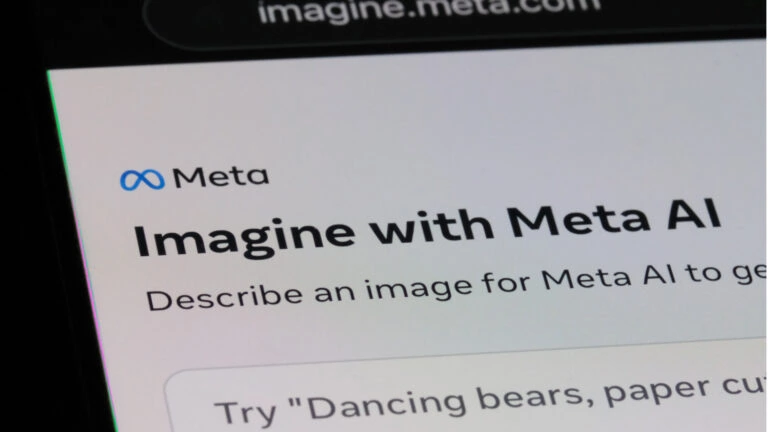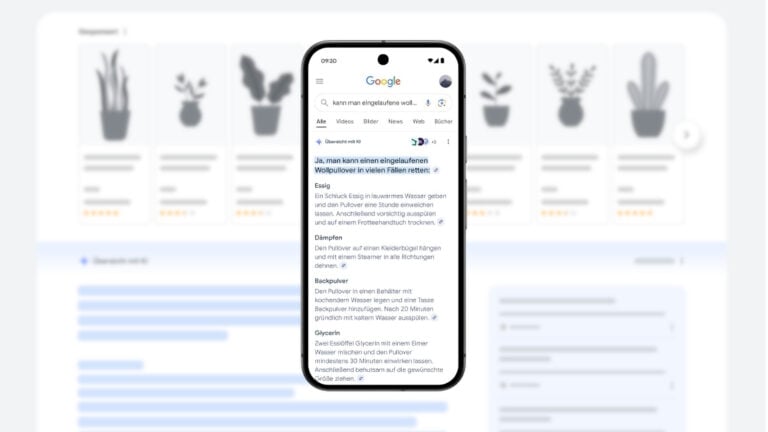Googles goldener Käfig: KI-Experten werden fürs Nichtstun bezahlt

Google setzt offenbar auf ungewöhnliche Maßnahmen, um Spitzenkräfte im hart umkämpften KI-Markt von der Konkurrenz fernzuhalten. Wie Business Insider berichtet, verpflichtet der Konzern ausgewählte Mitarbeiter seiner KI-Sparte DeepMind mit "aggressiven" Wettbewerbsverboten.







